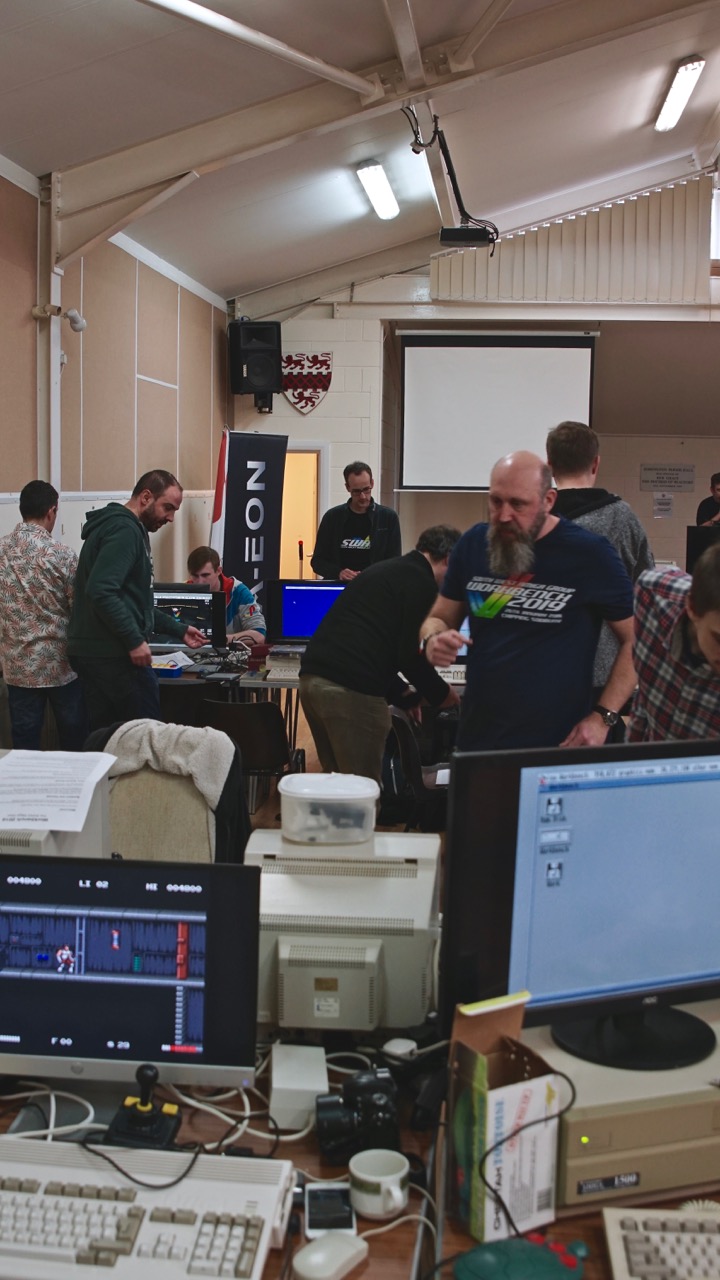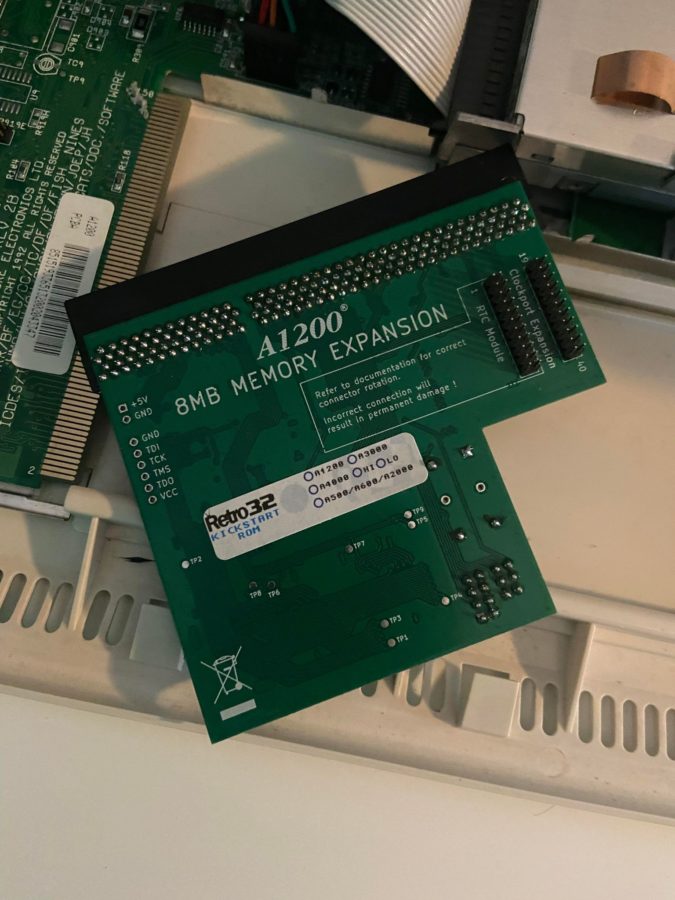

> S4 – Boot / Autologin – select B2 console auto-login > S1 – Wireless LAN – this will prompt for your Wireless SSID and security passphrase The default login/credentials are pi / raspberry – you’ll need to log in. When it’s ready you’ll be at the Raspberry OS login. Pop the card into the Pi 3a+ on your PiStorm, connect a HDMI cable and USB keyboard – then turn your Amiga on.
IBROWSE AMIGA.ORG FPU PC
Then pop your SD card into your PC and click WRITE Launch the Raspberry Pi Imager software, chose Rasberry Pi OS (other) and select Raspberry PI OS Lite (32-bit). There are a few things we need to achieve as below

Luckily there is a simple installer that does all the hard work for you. Time to set your Pi up with Raspberry Pi OS. If you have any recommended alternatives for macOS then please let me know.
IBROWSE AMIGA.ORG FPU SOFTWARE
If you’re using a Mac then you’ll need to find alternative software for this.

If I get enough requests, I would consider releasing an SD card image without the Amiga ROMs and HDF files. This article also assumes you have a little technical ability. Workbench ADF images / ROM files are available on the internet – but you’ll have to find them yourself. In this guide I used Workbench 3.2, I would recommend using 3.1 or later. I would recommend creating a partition of around 500MB. Note: This guide assumes you are able to set up a clean Workbench installation in WinUAE. Please feel free to comment or reach out if there’s something I’ve missed, got wrong, or if I’m just talking sh*t. Like many people out there I’m still new to all this, so this article (like my knowledge) will be a work in progress. In this guide, I’ll do my best to navigate you through the process of getting a fully sorted Raspberry OS and Workbench installation that includes all (hopefully) the standout features of PiStorm including the PiDisk, Networking and RTG.

There are some great guides out there but as someone who has only recently got to grips with workbench, it’s quite a task to put together all the software components required to get a fully working setup on the PiStorm that allows you to enjoy all the features it offers. Whilst we’re in the golden age of Amiga hardware and software development, accessing all the potential in your lovely yellowed vintage computer can be quite tricky at the best of times. I’ve updated some of the autocorrected text issues with the networking section.
IBROWSE AMIGA.ORG FPU UPDATE
** Update ** Thanks for all the feedback on the article.


 0 kommentar(er)
0 kommentar(er)
